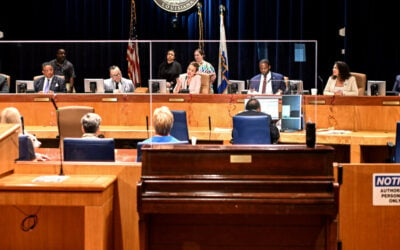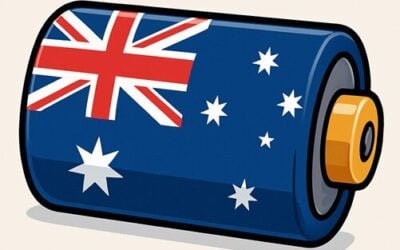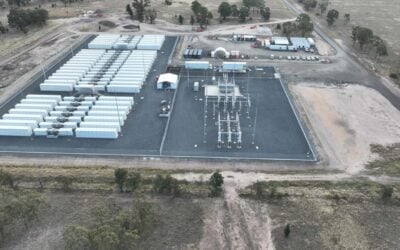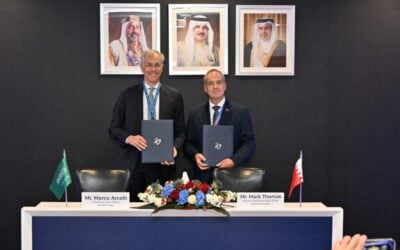A new solar-plus-storage division is to be launched by DNV GL, the expert advisory group and certification body announced at Intersolar Europe on Wednesday.
The new division is aimed at helping companies overcome barriers and challenges to integrating the technologies and also to attack one of the main technical barriers in developed countries, which is to get storage and solar systems interconnected to grid networks.
DNV GL recently put together a survey, “Beyond Integration: Three dynamics reshaping renewables and the grid”, which was sent to a number of energy industry respondents. Around two-thirds of those surveyed said that they saw energy storage as one of the three most critical components in integrating higher proportions of renewable-generated electricity to the grid.
According to DNV GL, growing numbers of solar power plants being developed in combination with energy storage from the initial stages of planning are expected, with the testing house reiterating that this can allow for increased flexibility in energy delivery systems as well as higher integration of renewables and other advantages.
Try Premium for just $1
- Full premium access for the first month at only $1
- Converts to an annual rate after 30 days unless cancelled
- Cancel anytime during the trial period
Premium Benefits
- Expert industry analysis and interviews
- Digital access to PV Tech Power journal
- Exclusive event discounts
Or get the full Premium subscription right away
Or continue reading this article for free
The new division of DNV GL will look at several aspects of this, including field testing, modelling, valuation and utility grid integration. DNV GL said it wants its new services to help “project developers, independent power producers, financiers, utilities and component manufacturers in deploying these combined technologies in the energy market”.
Incidentally, system integration is fast becoming recognised as a vital factor in developing systems that combine solar and storage in conjunction with energy management systems and power electronics that can control, co-ordinate and optimise performance. Matt Roberts, executive director of the US-based Energy Storage Association recently told PV Tech Storage that system integrators, which include the likes of S&C Electric, were among the most interesting companies to exhibit at the association’s recent annual conference.
Meanwhile, at a conference session on Wednesday covering large-scale storage systems held as part of the ESS (Energy Storage System) portion of the Intersolar Europe event, speakers from companies including SAFT and NEC ES highlighted the broad range of available storage solutions, some of the successes and some of the challenges faced. Presenting a number of case studies, applications ranged from the tricky balancing of load profiles and system sizing for hybrid systems that use diesel for backup and PV smoothing, mainly in off-grid areas to fast frequency response systems to balance grids for which a solid business case can already be made in markets such as PJM in the US. One of the overarching barriers that speakers alluded to was the need to present solid data and reassurance to the finance community, which would allow for more investment at stable levels.

![burns and mcdonnell GA_Battery_Storage_003[84] The maturing industry has allowed EPCs to "get more creative with engineering technology and construction equipment to help streamline operations in the field," Julian Hoover says. Image: Burns & McDonnell](https://www.energy-storage.news/wp-content/uploads/elementor/thumbs/burns-and-mcdonnell-GA_Battery_Storage_00384-rgklnp65oz5okwj4j525f5bdz9y57j338jh6zpqdvo.jpg)



